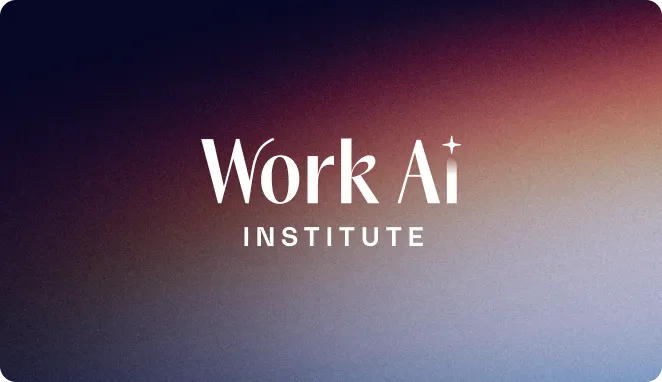
Pull request review
Streamline code reviews with automated feedback, context, and documentation alignment.
Overview
The pull request review agent automates the end-to-end PR review process, ensuring code quality, consistency, and up-to-date documentation. It detects style guide violations, enhances PR descriptions with relevant context, and flags documentation that may need updates.
See it in action
Capabilities
Catches style guide violations and generates clear, consistent PR comments.Enhances pull request descriptions with relevant context from your codebase and docs.Flags when related documentation may be outdated based on code changes.Automates tedious review tasks so engineers can focus on higher-impact work.Maintains consistency and quality across teams with standardized review feedback.
Example output
Update the description of a pull request:
Internal description for reviewers:
This pull request updates two backend service handlers to improve error reporting and reduce redundant logs in user workflows. It introduces a shared logging utility, updates the error message schema to include timestamp and request context, and removes legacy logging calls from the validation layer. These changes follow our standard for structured logging and aim to improve traceability across microservices.
Context/Jira: <span class="text-color-blue">Slack thread</span>
<hr/>
Comment on the request:
This is my agent providing a first pass review:
The updated handlers look clean and follow our current style guide. One small note — consider renaming logEventData to something more specific, like logValidationError, to improve clarity for future readers.
Agent workflow
Step 1: Trigger activation
The agent starts when a user enters a pull request link.
Step 2: Fetch PR diff
Using the GitHub API, the agent retrieves the diff to understand the changes in the pull request.
Step 3: Apply style guides
The agent identifies relevant style guide sections based on the code diff and prepares to check for violations.
Step 4: Analyze code for issues
The agent reviews the code for style violations and improvement opportunities.
Step 5: Generate PR comments
It drafts clear, actionable feedback to help improve the pull request.
Step 6: Post comments to GitHub
Using the GitHub API, the agent adds comments directly to the PR.
Step 7: Add contextual insights
The agent searches the codebase and related systems to gather helpful context.
Step 8: Rewrite PR description
It summarizes the changes in a single paragraph and updates the PR description automatically.
Step 9: Scan for doc impact
The agent reviews connected documentation to see if anything needs to be updated.
Step 10: Suggest doc edits
If needed, the agent leaves comments in the PR with specific documentation update recommendations.
Work AI that works.
Get a demo





